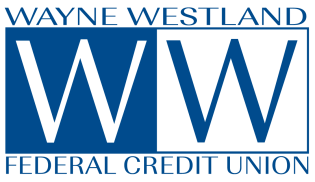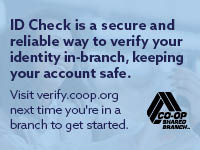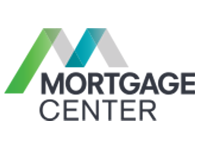Secured and unsecured loans are the most common types of loans the average person will use throughout their life. But do you know the differences? Understanding how these two types of loans work will help you better understand your own financial portfolio.
Secured Loans
A secured loan is one protected by an asset, used as collateral, in case the borrower defaults on the loan. The item acting as collateral can be the item you are taking the loan out to purchase, like a car or a home (auto loans and mortgages are the most common secured loans). The lender will hold on to the title of the car or the deed to the house until the loan is paid in full, including interest. The lender’s claim against the collateral is called a lien.
Secured loans are generally for larger amounts of money because the collateral off-sets the risk to the lender that the borrower won’t make loan payments. If payments stop, the lender can re-poses the car, home, or other assets put up as collateral and use it (usually by selling it) to recoup the money lost through the outstanding loan balance.
Home equity loans or lines of credit are also considered secured loans because they use the amount of home equity as collateral: the current market value of the home minus the amount still owed. Like with a mortgage, failure to make payments on this type of loan can result in loss of the home.
Other assets like stocks, bonds, and valuable personal property can also be used to secure a loan. In general, because they are a lower risk, secured loans have lower interest rates, higher borrowing limits, and longer repayment periods.
If a borrower has poor credit history or is rebuilding their credit, lenders are more likely to consider them for a secured loan over an unsecured loan.
Unsecured Loans
An unsecured loan is not protected by any collateral, meaning if the loan defaults, the lender doesn’t have any property to reclaim and sell. The most common unsecured loans are credit cards, student loans, personal or signature loans, and some home improvement loans. Interest rates are higher for these loans because there is greater risk to the lender.
Paying Off the Loans
If a borrower has trouble paying bills and making loan payments, it’s usually more important to first pay down a secured loan over an unsecured loan. If they fail to make the car payment, for example, they could lose the vehicle, which in turn could put them in danger of losing their job. This is not to say that failing to make on-time payments on unsecured loans is without consequence.
Missing these payments harms a borrower’s credit score and may more quickly drive them into debt due to the high interest payments and unsecured debt (corresponding to secured and unsecured loans, respectively) are treated differently in bankruptcy. Unsecured debts are more likely to be discharged, while some secured debts will be sold to pay off the debt or put under supervision of a court-appointed trustee.
With this information, hopefully you can make more informed decisions when it comes to applying for both types of loans!
Original Source: http://lmcu.frc.finresourcecenter.com/Loan__Credit_Management_78913.html?article_id=2585


